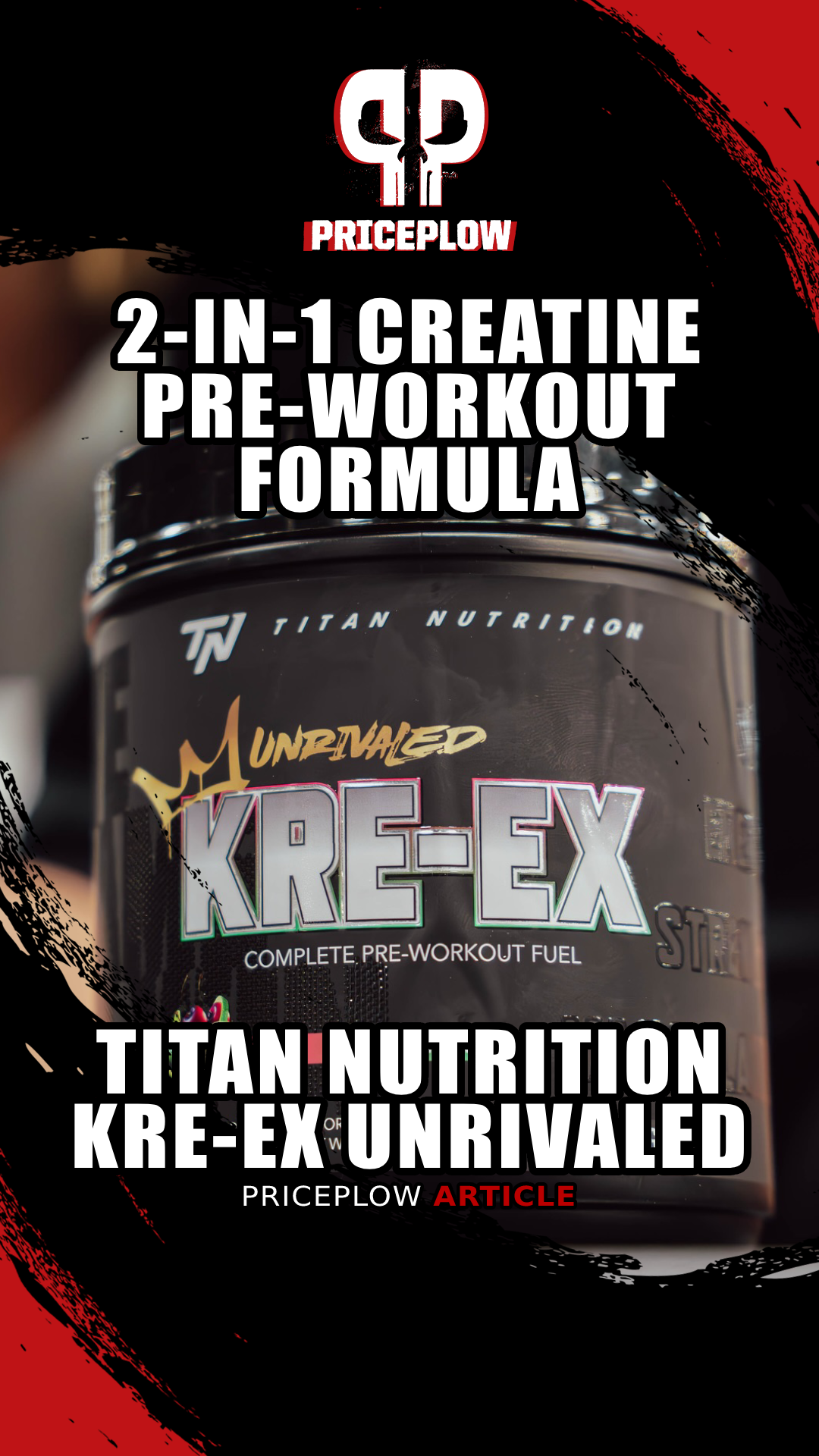
Titan Nutrition KRE-EX Unrivaled is the ultimate 2-in-1 pre-workout and creatine supplement, combining 5g creatine with 10g citrulline and 375mg caffeine in one powerful scoop. No need for multiple products!
In an industry often clouded by marketing hype and underdosed formulas, Titan Nutrition stands apart with their refreshingly straightforward approach. Founded in 2006 by supplement industry veterans, Titan emerged from a simple yet powerful idea: create products with fully-disclosed, effectively-dosed ingredients that deliver real results – without the BS.
And sometimes, a product just comes by and blows the doors down.
Their flagship pre-workout, KRE-EX Unrivaled, embodies this philosophy perfectly. With a massive 31-gram serving size packed with five specialized matrices, KRE-EX isn't just another stimulant-loaded pre-workout – it's a complete training solution designed to enhance every aspect of your performance.
KRE-EX Unrivaled: A Fully-Pumped Pre-Workout with 5 Grams of Creatine!
What sets KRE-EX apart isn't just its impressive dose of L-citrulline (10 grams!) that comes with an equally fundamental 5 grams of creatine, or its comprehensive focus and hydration blends – it's Titan's unwavering commitment to quality and transparency. You won't find proprietary blends or fancy fake colors here. Instead, you get clinically-dosed ingredients backed by science, including five patented compounds that support everything from pumps to power output.
If you're looking for a 2-in-1 muscle building pre-workout that has the energy (375mg caffeine) to drive home multiple PR-setters, this is the one to try.
Sign up for Titan Nutrition news and deal alerts with PricePlow to learn about their latest developments:
Titan Nutrition KRE-EX Unrivaled – Deals and Price Drop Alerts
Get Price Alerts
No spam, no scams.
Disclosure: PricePlow relies on pricing from stores with which we have a business relationship. We work hard to keep pricing current, but you may find a better offer.
Posts are sponsored in part by the retailers and/or brands listed on this page.
This area is reserved for Team PricePlow's upcoming videos.
Subscribe to our channel and sign up for notifications so you catch it when it goes live!
Titan Nutrition KRE-EX Unrivaled Ingredients
There's a lot to cover below, with five different matrices in each ~32g scoop (providing 375mg total caffeine and 10g L-citrulline), so buckle up!
-
PUMP Volumizing Matrix - 12,750mg
-
L-Citrulline - 10,000mg
Leading the PUMP Volumizing Matrix is a massive 10-gram dose of L-citrulline, which is the scientifically-supported "clinical dose" that research shows best maximizes arginine plasma levels.[1] This is one of the largest doses we've seen in a pre-workout supplement, and for good reason - when it comes to L-citrulline, more is better, roughly up to this 10 gram threshold.
L-citrulline works by converting to L-arginine in the kidneys, which then supports nitric oxide (NO) production.[2] What makes citrulline special is that it actually raises arginine levels more effectively than supplementing with arginine itself.[2] This is because L-citrulline passes directly through the intestines and liver without being broken down, while L-arginine gets heavily metabolized before reaching systemic circulation.[3]
The benefits of L-citrulline supplementation are well-documented. In addition to supporting nitric oxide production for improved blood flow and "pumps", L-citrulline helps with:
- Exercise performance and stamina[4]
- Reduced muscle soreness and faster recovery[5]
- Enhanced muscle protein synthesis when combined with training[6]
10 Grams for Maximum Arginine-Based Pump Production!
The 10-gram dose in KRE-EX is exciting because research shows that the plasma arginine response increases linearly up to this amount.[1] While many pre-workouts cut corners with 3-6 grams, Titan Nutrition went all-in with the full clinical dose needed for maximum benefits.
For optimal results in terms of pump, this 10-gram dose should be taken about 60-90 minutes before your peak training set to allow for peak plasma arginine levels during your workout.[2]
This is a statement to start the product off, and isn't for "light training" months. But there's more pump coming.
-
GlycerSize (65% Glycerol) - 2,500mg
When it comes to hydration, endurance, cell volumization, and heat tolerance, water is king. And this simple ingredient -- glycerol -- enables you to hold more water for better performance!
Following the massive citrulline dose, KRE-EX brings another pump enhancer with 2.5 grams of GlycerSize, a stable form of glycerol that provides 65% yield. This gives us roughly 1.625 grams of pure glycerol powder to support hyperhydration and water-based pumps - a completely different pathway than with citrulline.
Glycerol is a fascinating compound that creates an osmotic gradient in the body, helping to draw and retain more water in the bloodstream and muscle tissue.[7] This hyperhydrating effect leads to improved water-based pumps that complement the nitric oxide-driven pumps from L-citrulline.
Research has shown that when combined with adequate fluid intake, glycerol supplementation can:[8]
- Enhance muscle fullness and vascularity
- Support endurance performance
- Aid in maintaining hydration during intense training
- Improve thermoregulation during exercise
For best results, we recommend drinking plenty of water (20-30 oz) when taking KRE-EX to maximize the osmotic effects of glycerol.
When combined with the 10 grams of L-citrulline and pine bark extract (below), you're getting a powerful one-two-three punch for pumps – L-citrulline working through the nitric oxide pathway while glycerol operates through cellular hydration. This dual approach to pump enhancement helps explain why many users report such impressive muscle fullness when using KRE-EX.
But it gets better:
Boosted Benefits When Combined with Creatine
While glycerol works powerfully on its own for cellular hydration, research shows that combining it with creatine monohydrate (which KRE-EX provides at 5 grams) creates an enhanced hyperhydrating effect. This is because both compounds support cellular water retention through complementary pathways.[9,10]
We know that creatine alone is great... but look at what happens when it's combined with glycerol![9]
When paired together, glycerol and creatine have been shown to:[9,10]
- Increase total body water more than either compound alone
- Better attenuate rises in heart rate during exercise
- More effectively reduce core temperature compared to using just one or the other
Most notably, this combination seems to provide superior thermoregulatory benefits compared to using either supplement by itself. A landmark study found that when subjects supplemented with both glycerol and creatine, their core temperature and heart rate were significantly lower during exercise in hot conditions.[9]
The synergistic hydrating effects make sense when you consider that glycerol primarily acts on extracellular fluid compartments while creatine tends to draw water into muscle cells themselves. By targeting both fluid compartments, you get enhanced overall hydration and water retention for better performance.
So while GlycerSize's 2.5 gram dose is solid on its own, its benefits may be amplified further by KRE-EX's inclusion of a full 5-gram dose of creatine monohydrate - making this a smartly formulated combination for maximizing cellular hydration and water-based pumps.
-
Pine Bark Extract - 100mg
To round out the pumps, KRE-EX also includes 100mg of pine bark extract to enhance and extend the pump matrix through multiple pathways. This standardized extract from French Maritime Pine (Pinus pinaster) bark contains a rich blend of procyanidins and other bioactive compounds that support nitric oxide production and vascular health.[11]
Pine bark extract works synergistically with L-citrulline by helping to sustain nitric oxide levels through two key mechanisms:
- First, it inhibits the enzyme that breaks down nitric oxide, helping maintain elevated NO levels for longer-lasting pumps.[12]
- Second, it supports healthy endothelial function, which is crucial for optimal blood flow and muscle pumps.[13]
Research has shown that pine bark extract can improve blood flow and vascular function in as little as 2-3 hours after ingestion.[14] This rapid onset makes it an excellent addition to pre-workout formulas.
When combined with the massive 10-gram dose of L-citrulline and GlycerSize's water-based volumization, pine bark extract helps create a comprehensive pump matrix working through multiple pathways. While 100mg may seem modest compared to some ingredients, research indicates this is an effective dose for supporting nitric oxide production and vascular function.[15]
-
L-Histidine - 100mg
While L-histidine isn't commonly found in pre-workout supplements, its inclusion in KRE-EX Unrivaled showcases Titan's sophisticated formulation approach. This essential amino acid plays a crucial role when paired with beta-alanine (found in the Muscular Endurance Matrix), as these two compounds combine to form carnosine in skeletal muscle.[16]
L-Histidine joins forces with beta alanine to create carnosine. Beta alanine is the rate-limiting part of this equation, so supplementing more will yield greater carnosine levels.
Carnosine acts as a powerful intracellular buffer, helping maintain optimal pH levels in your muscles during intense exercise.[17] This buffering capacity is particularly important during high-intensity training, where lactic acid buildup can lead to fatigue and decreased performance.
Beyond its role in carnosine synthesis, histidine also serves as a powerful antioxidant and can help protect against oxidative stress during exercise.[18] While 100mg may seem modest, this amount is strategic when considered alongside beta-alanine, as research shows that beta-alanine is typically the rate-limiting factor in carnosine synthesis -- so the histidine here is just in case.[19]
-
S7 (Green Coffee Bean Extract, Green Tea Extract, Turmeric Extract, Tart Cherry, Blueberry, Broccoli, Kale) - 50mg
S7 is a blend of seven plant-based ingredients designed to boost nitric oxide levels and support cellular redox signaling. While the 50mg dose may seem small, research shows this botanical blend can pack a surprising punch.
In a double-blind, placebo-controlled study, S7 demonstrated impressive effects on nitric oxide production and cellular metabolism. The supplement increased bioavailable nitric oxide levels by up to 230% compared to baseline.[20] This boost in NO complements KRE-EX's massive citrulline dose through a different pathway.
The study also found that S7 helped maintain healthy inflammatory markers and supported efficient oxygen utilization in cells.[20] This makes it a valuable addition to KRE-EX's formula, potentially enhancing both performance and recovery aspects of your training.
Each ingredient in S7 was specifically chosen for its unique phytochemical profile, including compounds like chlorogenic acids from green coffee beans, catechins from green tea, and curcuminoids from turmeric. Together, they work synergistically to support nitric oxide production and healthy cellular function.
-
-
Hypertrophy Performance Matrix - 7,505mg
Now for a couple more ingredients you don't normally see in pre-workouts, including a massive 5 gram dose of creatine:
-
Micronized Creatine Monohydrate - 5,000mg
KRE-EX comes with a full 5-gram clinical dose of micronized creatine monohydrate - making it a true 2-in-1 pre-workout that eliminates the need for separate creatine supplementation on training days. This foundational muscle-building ingredient is backed by decades of research showing its effectiveness for increasing strength, power output, and muscle mass when combined with resistance training.[21]
Creatine works by increasing phosphocreatine stores in muscle tissue, which helps regenerate ATP (adenosine triphosphate) during high-intensity exercise.[22] This leads to improved performance in activities requiring short bursts of intense effort, like weight training and sprinting.
A 2019 meta-analysis showed that creatine improved anaerobic performance specifically in soccer players.[23]
The 5-gram dose is exactly what you need - research shows that once muscle creatine stores are saturated through an optional loading phase, 3-5 grams per day is optimal for maintaining elevated levels.[21] By including the full clinical dose in their pre-workout, Titan ensures you're getting your daily creatine requirement alongside your training stimulus.
Using the micronized form provides better mixability compared to standard creatine monohydrate, though both forms are equally effective for performance enhancement.[24] The research is clear that creatine monohydrate remains the gold standard form of creatine, with hundreds of studies demonstrating its safety and efficacy.
The Creatine + HMB group increased testosterone so significantly that it basically "corrected" for the increase in cortisol,[25] which is tough to keep down with this level of training.
There may even be synergy with the HMB![25]
There's a whole lot more we can say -- this is the most clinically-studied ingredient out there, and mountains of research supports it for muscle building, performance, and so much more.[21,22]
When combined with the pump ingredients and performance enhancers in KRE-EX, this robust dose of creatine helps create a complete pre-workout designed for both immediate performance benefits and long-term muscle gains.
And recall, above, we showed even more synergy alongside the glycerol, too!
-
Betaine Anhydrous - 1,500mg
Also known as trimethylglycine, betaine is a naturally-occurring compound originally discovered in sugar beets that serves as both an osmolyte and methyl donor in the body.[26] While this is half of the clinically-studied 2.5g daily dose, betaine's benefits are worth discussing.
As an osmolyte, betaine helps maintain cellular hydration and protein stability under stress.[27] Research has shown that when combined with resistance training, betaine supplementation can improve body composition by both increasing lean mass and reducing fat mass.[28,29]
Additionally, betaine may enhance power output and muscle endurance during resistance training, especially during metabolically-demanding workouts.[30] Recent research also suggests it can help maintain healthy testosterone levels in athletes.[31]
-
HMB (as calcium beta-hydroxy-beta-methylbutyrate) - 1,000mg
HMB, a metabolite of the kingpin branched-chain amino acid leucine, has made quite the comeback in recent years, and for good reason. Research shows that this compound helps prevent muscle breakdown during intense training while supporting muscle growth.[32]
HMB has been shown to reduce markers of muscle damage like creatine kinase and lactate dehydrogenase – especially when training gets intense.[33]
Creatine + HMB significantly increases power output more than each separately - especially at the 8 mmol/L (W8) blood lactate level.[34]
What makes HMB stand out is its ability to work through multiple pathways – it activates mTOR (the body's primary muscle-building pathway), reduces protein breakdown, and even supports fat loss during training.[35]
The International Society of Sports Nutrition's updated 2024 position stand has reinforced HMB's efficacy, highlighting its long-term safety profile and ability to enhance recovery from intense training. The comprehensive review confirms that HMB works best when combined with high-intensity training programs – exactly the kind of workouts that serious athletes undertake.[36]
-
BioPerine® (Piper nigrum)(fruit) - 5mg
Rounding out the Hypertrophy Performance Matrix is BioPerine, a standardized black pepper extract containing 95% piperine that enhances the bioavailability of various nutrients. This patented ingredient works by inhibiting certain enzymes involved in metabolizing supplements and nutrients in the liver and intestines.[37]
Research shows that BioPerine can significantly increase the absorption of numerous compounds. For example, when combined with curcumin, piperine increased its bioavailability by 2000%.[38]
In KRE-EX Unrivaled, BioPerine's inclusion at 5mg may help optimize the absorption of other key ingredients like creatine and beta-alanine. Additionally, piperine itself has been shown to have thermogenic properties and may support healthy inflammatory response.[39]
While 5mg may seem like a small dose, this is the clinically-validated amount shown to enhance nutrient absorption, making it a smart addition to this comprehensive formula.
-
-
Muscular Endurance Matrix - 4,750mg
Next, we have multiple endurance ingredients, ranging from well-known beta-alanine to lesser-used sodium bicarbonate (which synergize with each other):
-
Beta-Alanine - 3,200mg
KRE-EX Unrivaled includes a full clinical dose of beta-alanine at 3.2 grams per serving. This amino acid serves as the rate-limiting precursor to carnosine synthesis in skeletal muscle[19] - recall that it also combines with L-histidine, which we have above.
Four weeks of beta-alanine supplementation at this dose has been shown to increase muscle carnosine concentrations by 40-60%.[40] This is significant because carnosine acts as an intracellular pH buffer, helping to maintain optimal acid-base balance during high-intensity exercise.[41]
Research shows beta-alanine is most effective for exercise lasting between 1-4 minutes, where metabolic acidosis can limit performance.[42] A recent meta-analysis demonstrated that beta-alanine supplementation improved exercise capacity with an average performance increase of 2.85% when consuming a median total dose of 179g.[43]
Synergy with the sodium bicarbonate added!
What makes KRE-EX's formula even better than the competition is its inclusion of sodium bicarbonate alongside beta-alanine. Research indicates that co-ingesting these ingredients leads to greater performance benefits than beta-alanine alone.[44] This synergistic effect occurs because the two compounds work through complementary mechanisms - beta-alanine buffering intracellular pH through increased carnosine, while sodium bicarbonate buffers extracellular pH.[42]
The only reported side effect of beta-alanine is paresthesia (tingling sensation), which can be minimized by using multiple smaller doses throughout the day.[45]
-
PeakO2 Performance Blend - 1,000mg
PeakO2 is a trademarked adaptogenic mushroom blend containing six species: Cordyceps militaris, Reishi, King Trumpet, Shiitake, Lion's Mane, and Turkey Tail. Research shows this combination can enhance power output and aerobic performance.[46-48]
Studies have demonstrated PeakO2's effectiveness at both high and low doses. Using 1-2g daily for 28 days, subjects showed significant improvements in VO2peak, increased time to fatigue, and reduced blood lactate during steady-state exercise.[46] Another study found that three weeks of supplementation at 4g daily improved VO2max and ventilatory threshold.[47]
The 1-gram dose in KRE-EX matches the clinically-validated low dose protocol. The primary active compound in PeakO2's Cordyceps militaris, cordycepin, works by increasing ATP production and enhancing oxygen utilization.[49]
-
Sodium Bicarbonate - 500mg
Sodium bicarbonate (baking soda) serves as a powerful extracellular buffer, complementing beta-alanine's intracellular buffering effects.[41] While this dose is lower than doses used in standalone performance research (which typically use ~0.3g/kg), research shows it can still be effective when combined with beta-alanine -- while not causing GI distress at this dose.
Meta-analyses demonstrate that beta-alanine plus sodium bicarbonate can provide additive benefits beyond beta-alanine alone.[42] In fact, when combined, they work through complementary pathways - beta-alanine working inside muscle cells via carnosine while sodium bicarbonate buffers acidity in the blood.[43]
The combination is most effective for high-intensity exercise lasting 1-4 minutes, where metabolic acidosis significantly impacts performance.[44] By including both ingredients, KRE-EX provides a comprehensive pH buffering system that can enhance performance more than either ingredient alone.
We have an additional form of sodium coming as well, which is described below.
-
Rhodiola Rosea Extract (root) - 50mg
Rhodiola rosea is an adaptogenic herb that has been used for centuries in traditional medicine to combat fatigue and enhance mental and physical performance.[50]
Multiple clinical trials have shown that Rhodiola can help improve exercise performance by reducing both physical and mental fatigue.[51] It works through several pathways, including optimizing the body's stress response by modulating key neurotransmitters like serotonin and dopamine.[52]
While the 50mg dose in KRE-EX is modest compared to the 288-680mg doses used in some clinical trials, research suggests that Rhodiola can be effective at lower doses when combined with other performance-enhancing ingredients.[50] In this formula, it complements the endurance-boosting effects of beta-alanine and PeakO2 while potentially helping to optimize the body's response to intense training.
-
-
Hyper Focus Matrix - 500.7mg
Here's where we get our energy and nootropics -- note the 375mg total caffeine yield from two sources:
-
Caffeine Anhydrous - 300mg (of 375mg total caffeine)
Caffeine anhydrous is the primary stimulant in KRE-EX Unrivaled, providing 300mg of the supplement's 375mg total caffeine yield. This tried-and-true ergogenic aid has consistently demonstrated its ability to enhance various aspects of athletic performance across countless studies.
Caffeine works through multiple mechanisms, with its primary effects coming from adenosine receptor antagonism in the central nervous system.[53] This leads to increased alertness, enhanced focus, and reduced perception of effort during training.[54]
Research has shown that caffeine supplementation can improve strength performance, with a meta-analysis demonstrating small but significant improvements in maximal strength.[55] For endurance activities, caffeine consistently shows benefits in the range of 3-6mg/kg body mass.[56]
Beyond performance enhancement, caffeine can improve cognitive function during exercise, particularly when training in a fatigued state.[57] The 300mg dose here, combined with the additional 75mg from di-caffeine malate, puts KRE-EX in the sweet spot for most users while avoiding the diminishing returns seen at higher doses.[58]
-
Infinergy™ (Di-caffeine malate) - 100mg (yielding 75mg of 375mg total caffeine)
To complement the caffeine anhydrous, KRE-EX includes 100mg of Infinergy (di-caffeine malate), which yields 75mg of caffeine for a total of 375mg per serving. This specialized form binds caffeine to malic acid, theoretically providing a more gradual release profile compared to standard caffeine anhydrous.
The addition of malic acid is purported to buffer the effects of caffeine, potentially reducing the "crash" some users experience. While the extended release profile hasn't been definitively proven in research, many users report a smoother energy curve when using this form alongside standard caffeine anhydrous, making it a smart addition to KRE-EX's energy blend.
-
Alpha GPC 50% (L-Alpha Glycerylphosphorylcholine) - 100mg
Alpha-GPC (Alpha-Glycerylphosphorylcholine) is included to support cognitive function and potentially enhance power output. While this 100mg dose (yielding 50mg of active alpha-GPC) is on the lighter side, research has shown alpha-GPC can increase acetylcholine levels in neurons and help maintain cognitive performance.[59]
After ingestion, alpha-GPC is converted to phosphorylcholine, which serves as a source of choline for acetylcholine synthesis.[60] Acetylcholine is a crucial neurotransmitter involved in both cognitive function and muscle contraction.
Recent research has shown that alpha-GPC supplementation may improve cognitive performance when dosed at 600mg daily, while also potentially enhancing power output.[61] While the dose in KRE-EX is modest, it's still a boost in choline, and it complements the formula's focus and performance-enhancing ingredients through its dual-action support of both mental and physical performance.
-
Huperzine A (Huperzia serrata)(whole herb) - 200mcg
Huperzine A is a bioactive compound derived from Chinese club moss that acts as a highly potent and selective acetylcholinesterase (AChE) inhibitor.[62] This nootropic ingredient helps preserve acetylcholine levels in the brain by preventing its breakdown, which can enhance focus, mental clarity, and cognitive function during training.[63]
Beyond its cognitive effects, huperzine A demonstrates remarkable neuroprotective properties through multiple mechanisms. It helps protect neurons from oxidative stress and supports mitochondrial function.[64] The 200mcg dose in KRE-EX aligns with research showing cognitive benefits at doses between 100-400mcg.[65]
When combined with the Alpha GPC above, huperzine A helps create a comprehensive cholinergic support complex that may enhance mind-muscle connection and focus during intense training sessions.
-
Pyridoxine HCL - 500mcg
Pyridoxine HCL (vitamin B6) plays vital roles in energy metabolism and neurotransmitter production, making it important for both cognitive and physical performance.[66] While this 500mcg dose is modest, it supports the formula's focus and energy blend by helping facilitate neurotransmitter synthesis, including serotonin and dopamine.
B6 also works alongside the histidine in this formula to help with carnosine production (it plays a role in amino acid metabolism), potentially providing additional support for the endurance matrix. If nothing else, this can help prevent deficiency,[67] which is generally rare.
-
-
Hydro Electrolyte Matrix - 489mg
We've already covered the sodium bicarbonate, but there are other electrolytes added as well, truly making KRE-EX an all-in-one formula!
-
Sodium (as Sodium Bicarbonate & Pink Himalayan Salt) - 218mg
We've already covered sodium bicarbonate's performance benefits above, but KRE-EX adds additional sodium through Pink Himalayan Salt, bringing the total sodium content to 218mg. This is a smart addition for a comprehensive training formula.
Pink himalayan salt is an excellent source of electrolytes. Don't fear the sodium!! We need it for optimal training!
During intense exercise, athletes can lose significant amounts of sodium through sweat, with losses varying dramatically between individuals. Some athletes can lose between 2-3g of sodium per hour in sweat during intense training.[68] While this formula's sodium content won't fully replace heavy sweat losses, it provides meaningful electrolyte support alongside your hydration strategy.
The inclusion of sodium is particularly important when considering KRE-EX's GlycerSize content, as sodium helps enhance cellular hydration and fluid retention.[69] Additionally, research shows that including sodium in sports beverages increases voluntary fluid consumption and helps maintain thirst drive during exercise.[70]
-
Calcium - 137mg
The 137mg calcium dose in KRE-EX comes from calcium HMB, providing roughly 11% of the daily value. While this amount isn't meant to be a primary calcium supplement, it serves an important role alongside the formula's comprehensive electrolyte blend.[71]
Calcium plays several critical roles during exercise, including proper muscle contraction, nerve signaling, and maintaining electrolyte balance.[72] During intense training, calcium signaling is essential for the initiation of muscle contractions and the interaction between actin and myosin filaments.[73]
The addition of calcium alongside other electrolytes helps support proper neuromuscular function during training, while potentially helping to maintain calcium homeostasis that can be disrupted during intense exercise.[74]
-
Magnesium (as Magnesium Aspartate) - 88mg
While this dose represents about 21% of the RDA for magnesium, it provides meaningful electrolyte support during training. Magnesium plays a crucial role in muscle function, serving as a cofactor in over 300 enzymatic reactions including those involved in energy production and muscle contraction.[75]
The average amount of calcium, magnesium, and iron in vegetables like spinach, lettuce, cabbage, and tomatoes has plummeted as much as 80–90% since 1914.[76] Sadly we have to supplement it back in.
Research indicates that magnesium requirements may increase with intense exercise, as it's lost through sweat and utilized at a higher rate during training.[77] The aspartate form used here offers decent bioavailability compared to oxide forms.
While not a complete daily dose, this amount complements KRE-EX's comprehensive electrolyte blend, helping support proper muscle function and hydration during training.[78]
-
Potassium (as Potassium Citrate) - 48mg
While KRE-EX includes potassium citrate in its electrolyte blend, the 48mg dose is relatively modest compared to what athletes can lose through sweat. Potassium losses during exercise can vary considerably between individuals, but this amount provides basic electrolyte support alongside the formula's other minerals.[79]
-
Dosing and How to Take KRE-EX Unrivaled
Thanks to the inclusion of 5 grams of creatine monohydrate in each serving, KRE-EX Unrivaled functions as both a pre-workout and a daily creatine supplement. Here's how to get the most out of this comprehensive formula:
On Training Days: Mix 1 scoop (31.9g) with 6-8 ounces of water about 30 minutes before your workout. Due to the massive 10g citrulline dose, you may want to take it ~60-90 minutes before your peak set to maximize nitric oxide production.
For optimal results:
- Start with ½ scoop to assess tolerance, especially if you're sensitive to stimulants (there's 375mg total caffeine in a full scoop)
- Drink plenty of water throughout your workout (20-30 oz) to maximize the benefits of GlycerSize and electrolytes
- You may experience a slight tingling sensation from beta-alanine – this is normal and harmless
On Non-Training Days: Since KRE-EX contains your daily 5g creatine dose, you can still use it as an "energy drink" that provides your creatine. If not, you'll want to supplement with a standalone creatine product on rest days. We recommend taking 5 grams of Titan Nutrition Creatine with 4 ounces of water upon waking.
Keep in mind that KRE-EX Unrivaled is a high-stim, maximum-dosed pre-workout. While the formula is comprehensive, it's designed for experienced users who can handle 375mg of caffeine. New users should start with a partial scoop to assess tolerance.
Flavors Available
Stacking Options
As potent as KRE-EX Unrivaled is on its own, you can enhance your results even further by stacking it with other Titan Nutrition supplements:
- Titan Nutrition ReBuild - Their post-workout formula featuring 20.4g carbohydrates from highly branched cyclic dextrin and cluster dextrin, plus fermented amino acids. Perfect for maximizing recovery and sustaining the muscle-building benefits started with KRE-EX.
- Titan Nutrition mTOR - For serious muscle growth, add this muscle synthesis optimizer containing Mediator® (Phosphatidic Acid), high-dose L-leucine, and supporting nutrients. The 4-capsule serving provides research-backed ingredients that complement KRE-EX's performance benefits.
- Titan Nutrition Creatine - While KRE-EX already provides 5g of creatine on training days, take this standalone creatine on rest days to maintain optimal muscle creatine saturation.
This stack provides comprehensive coverage of your pre-workout, intra-workout, post-workout, and daily muscle-building needs. Like all Titan products, each of these supplements features fully-disclosed, effectively-dosed ingredients without proprietary blends or fillers.
Conclusion: Titan Nutrition's Flagship Pre-Workout Lives Up to Its Name
KRE-EX Unrivaled sets a new standard for pre-workout supplements, delivering exactly what its name promises – an unmatched formula that refuses to cut corners. With clinical doses of key ingredients like 10 grams of L-citrulline, 5 grams of creatine monohydrate, and a comprehensive blend of performance enhancers, it's clear why this remains Titan Nutrition's flagship product.
What impresses us most isn't just the individual ingredients – it's how thoughtfully they're combined. From the synergistic pairing of beta-alanine with sodium bicarbonate to the dual-pathway pump enhancement through both nitric oxide and cellular hydration, every aspect of this formula has been carefully engineered for maximum results.
Sure, at nearly 32 grams per serving, KRE-EX Unrivaled isn't your typical pre-workout. But that's exactly the point. Titan Nutrition has packed in everything you need for enhanced performance, muscle growth, and recovery into a single scoop. No need for separate creatine, pump products, or hydration supplements on training days – it's all here in clinical doses.
For serious athletes and lifters who understand the value of properly dosed ingredients, KRE-EX Unrivaled represents not just a pre-workout, but an investment in your training results. Compare prices and grab a deal below:
Titan Nutrition KRE-EX Unrivaled – Deals and Price Drop Alerts
Get Price Alerts
No spam, no scams.
Disclosure: PricePlow relies on pricing from stores with which we have a business relationship. We work hard to keep pricing current, but you may find a better offer.
Posts are sponsored in part by the retailers and/or brands listed on this page.
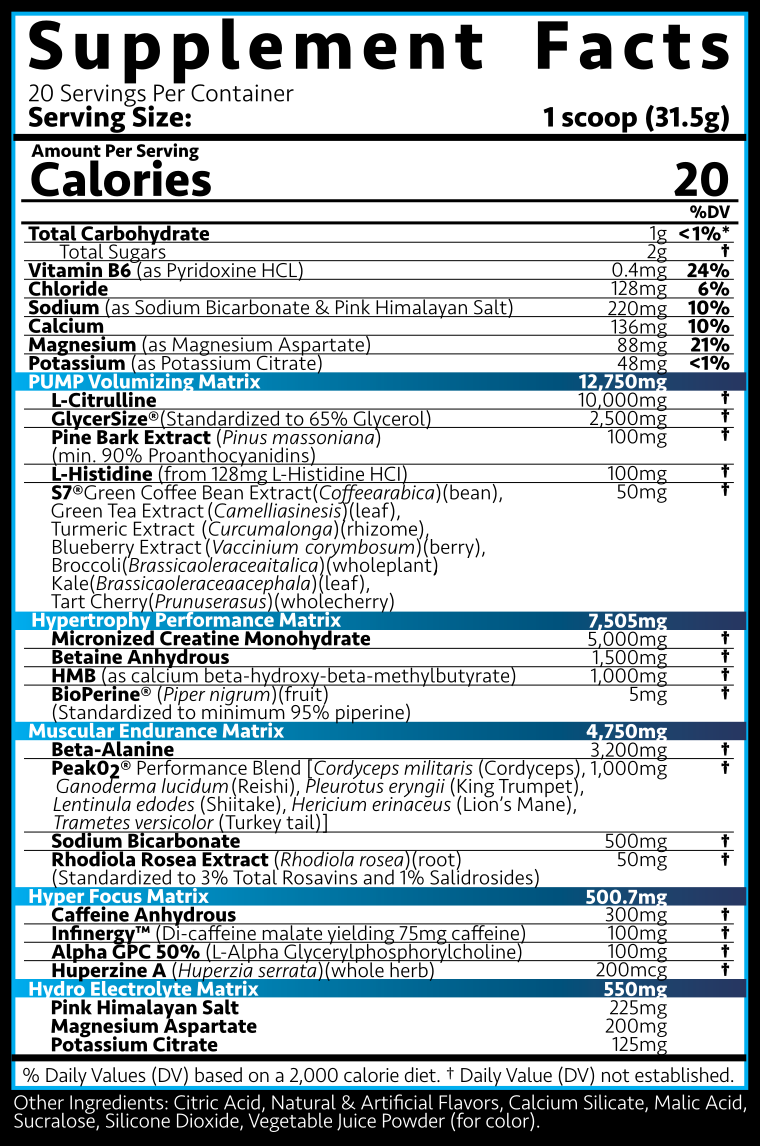
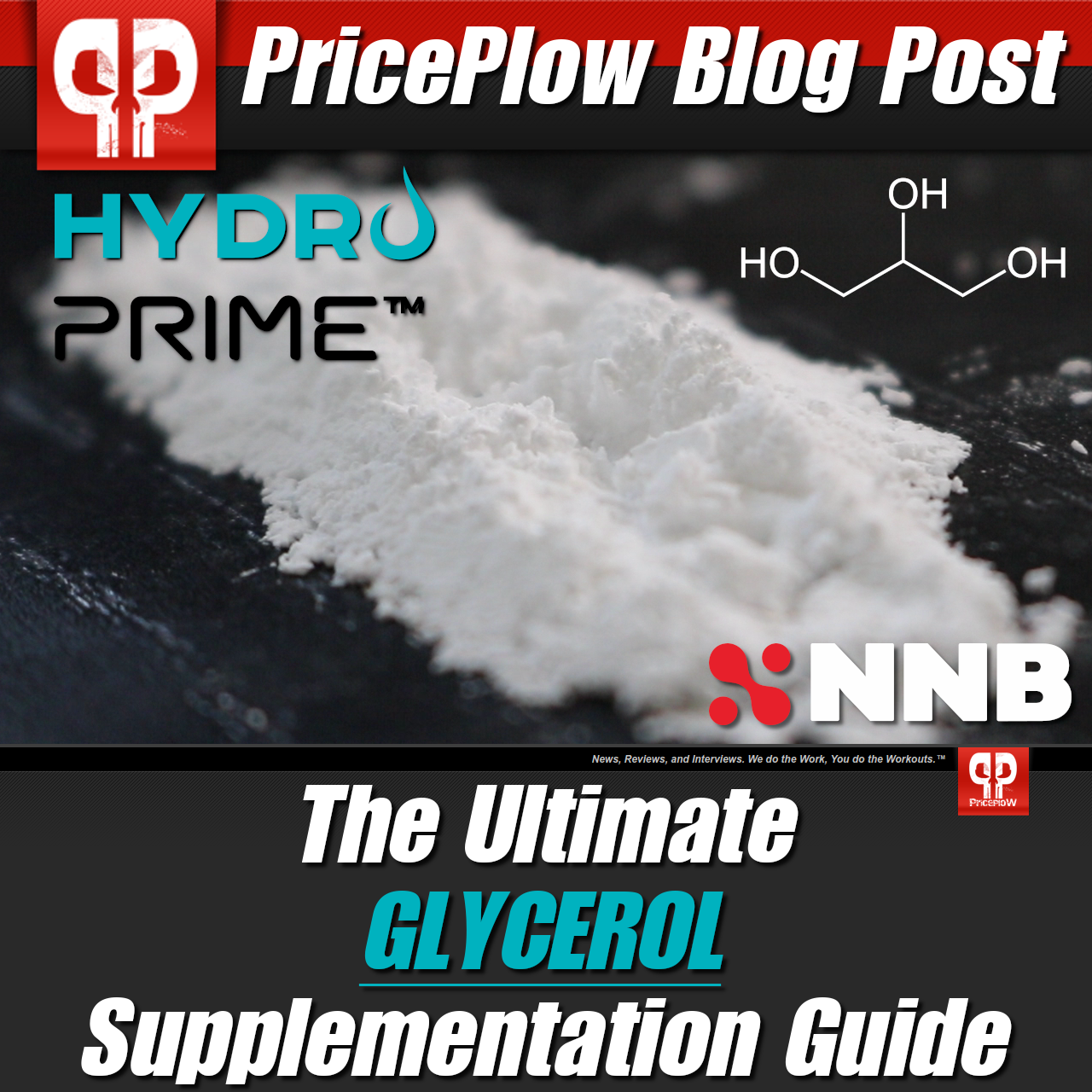
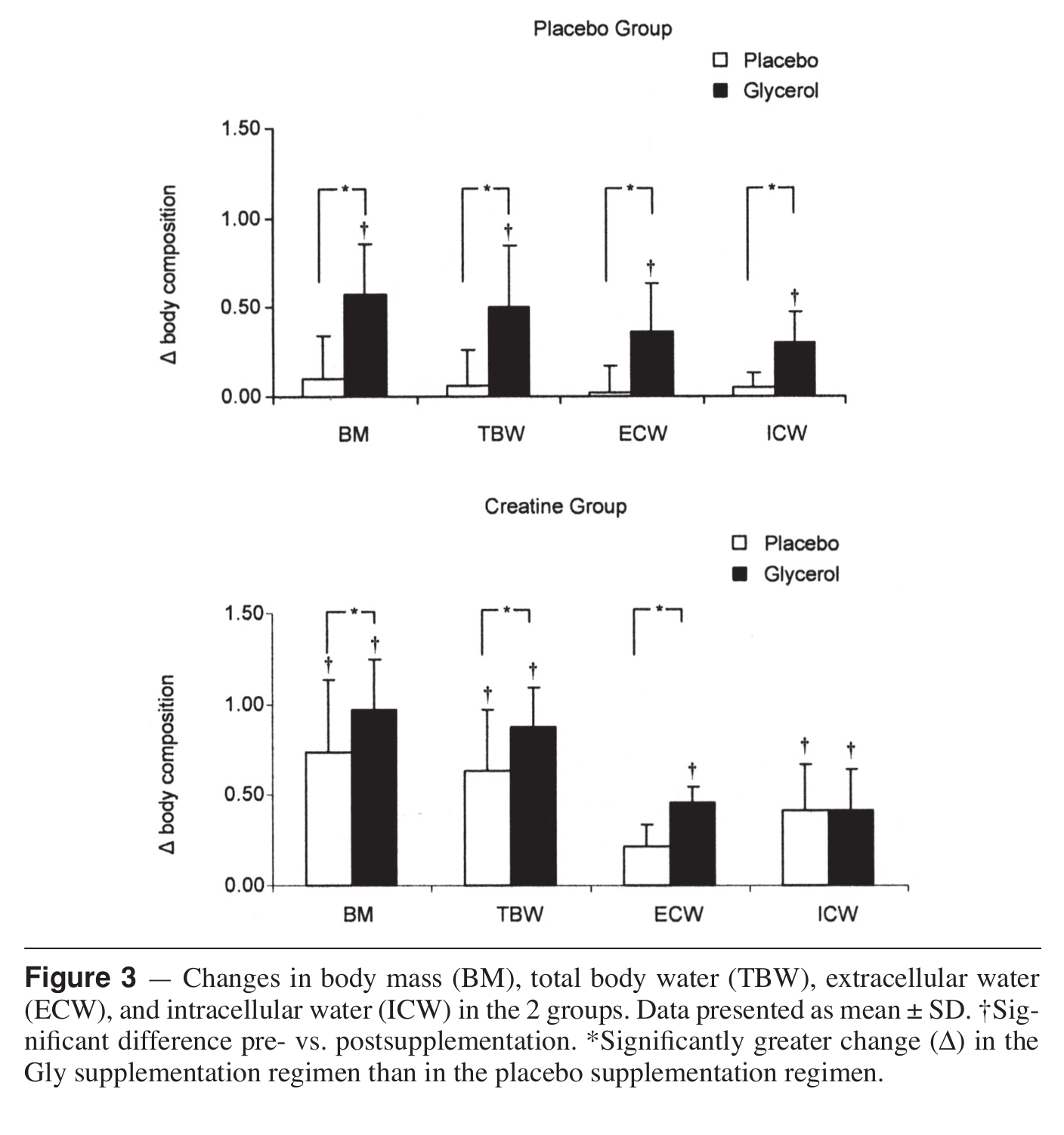
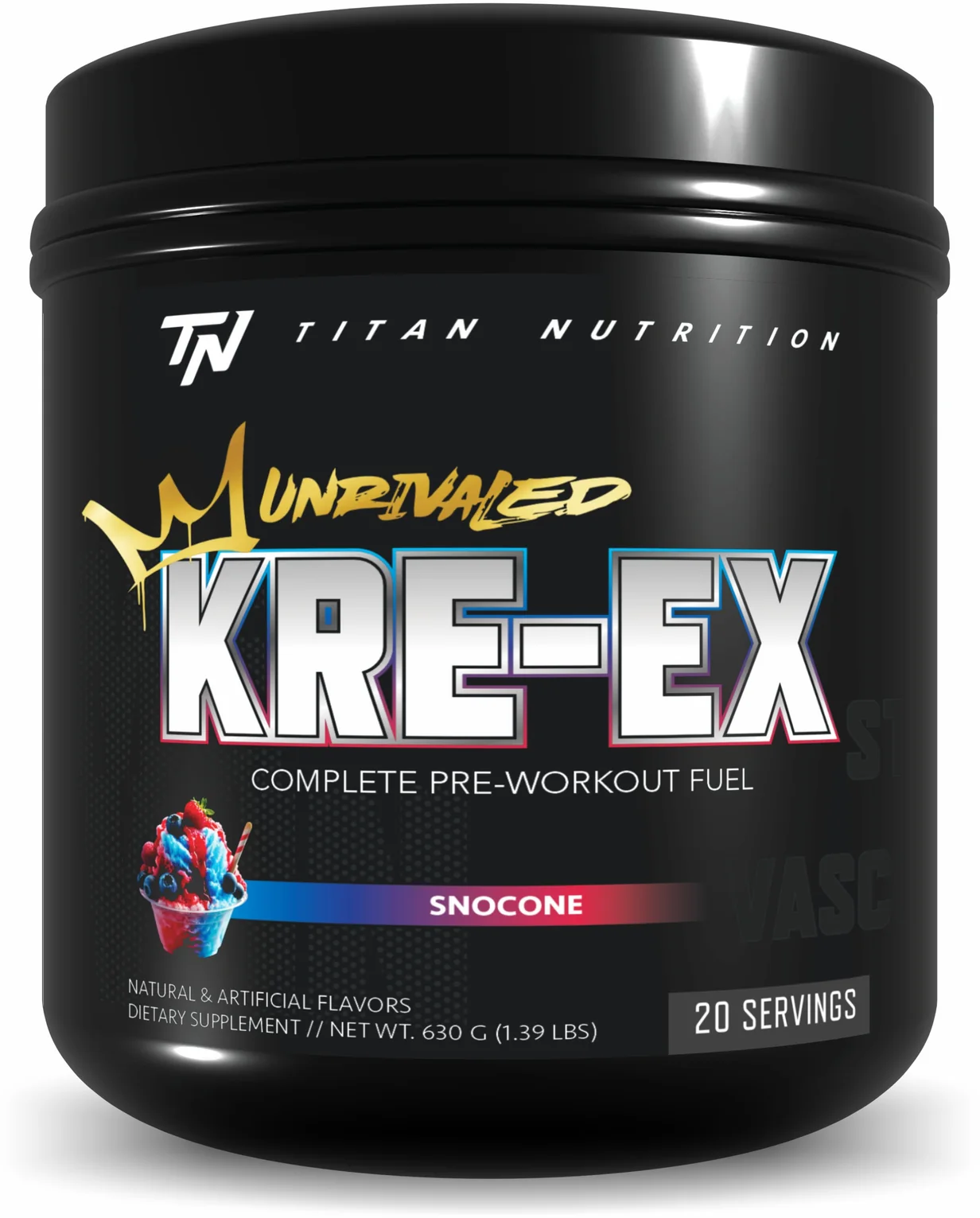

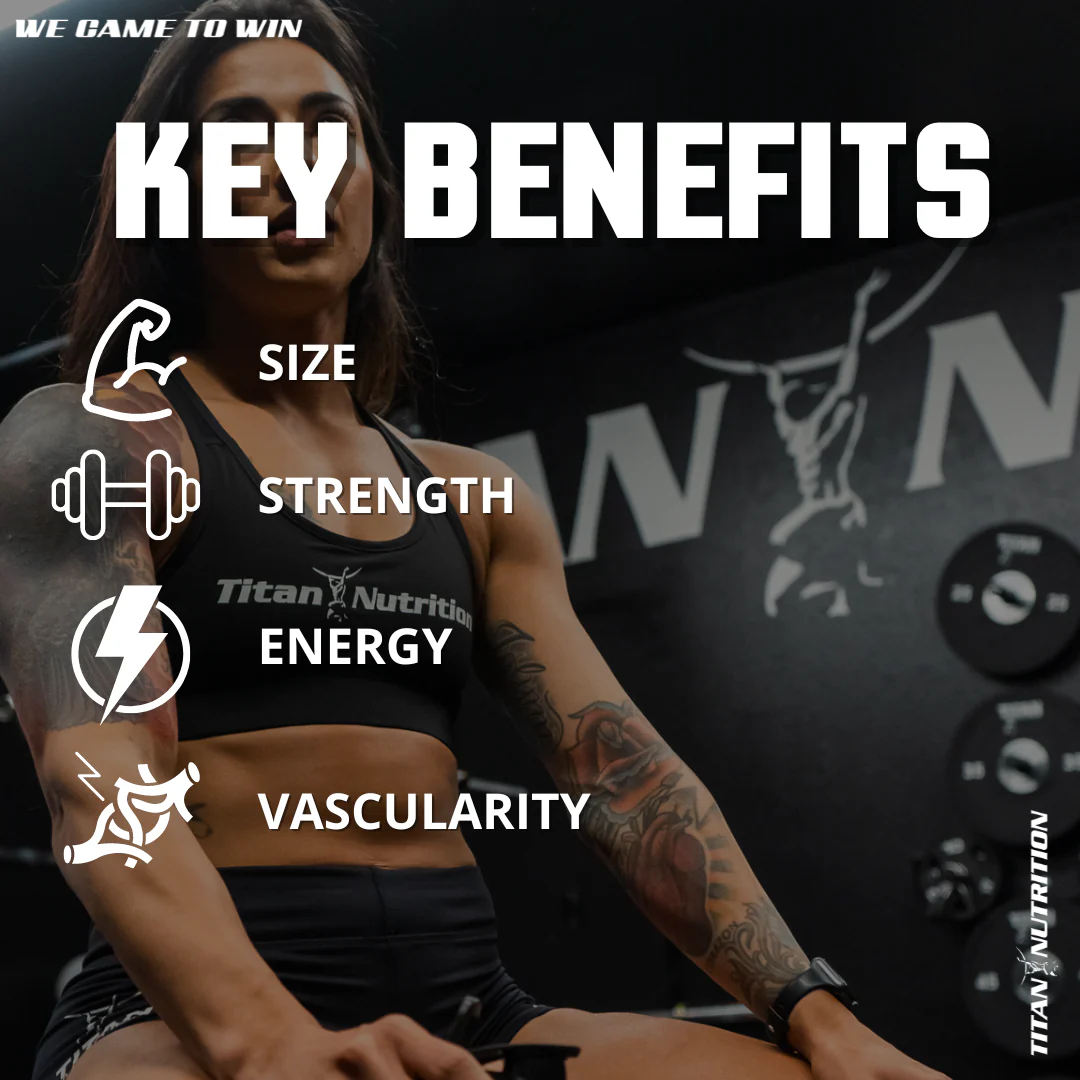
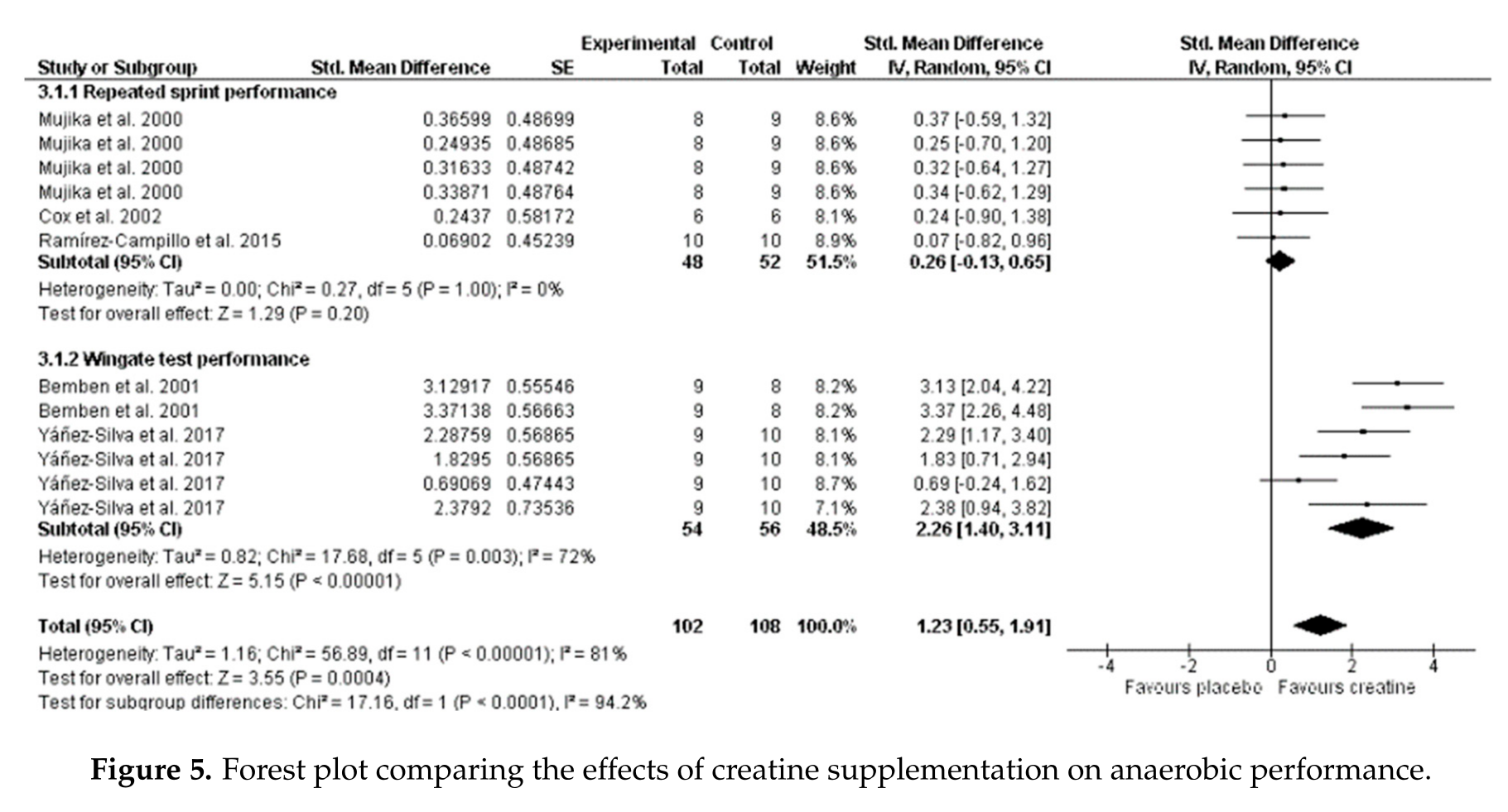
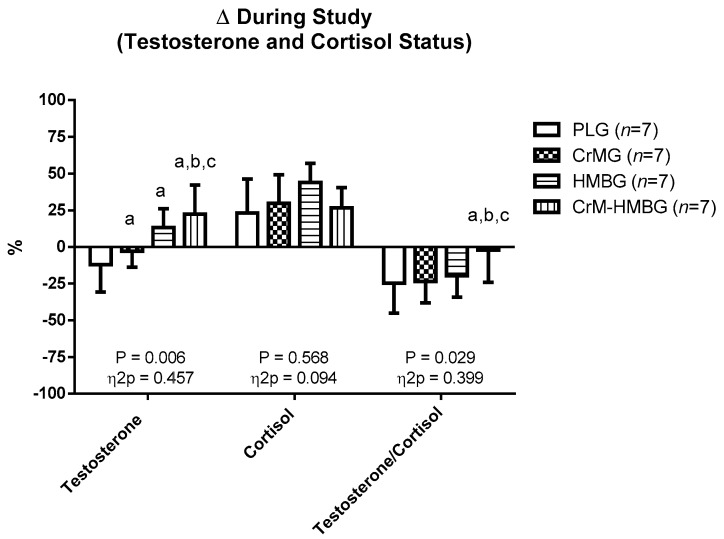
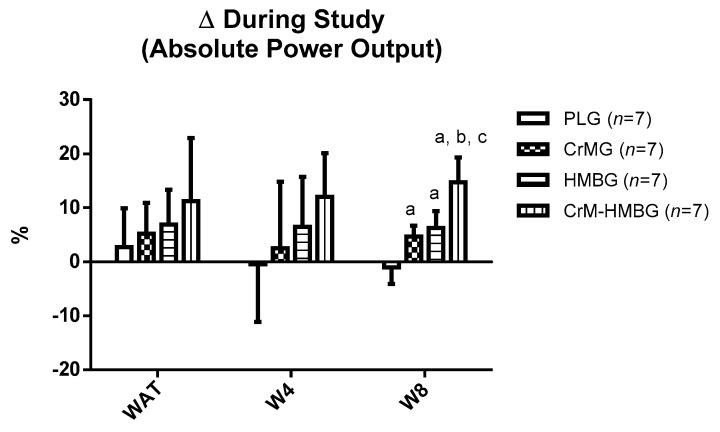
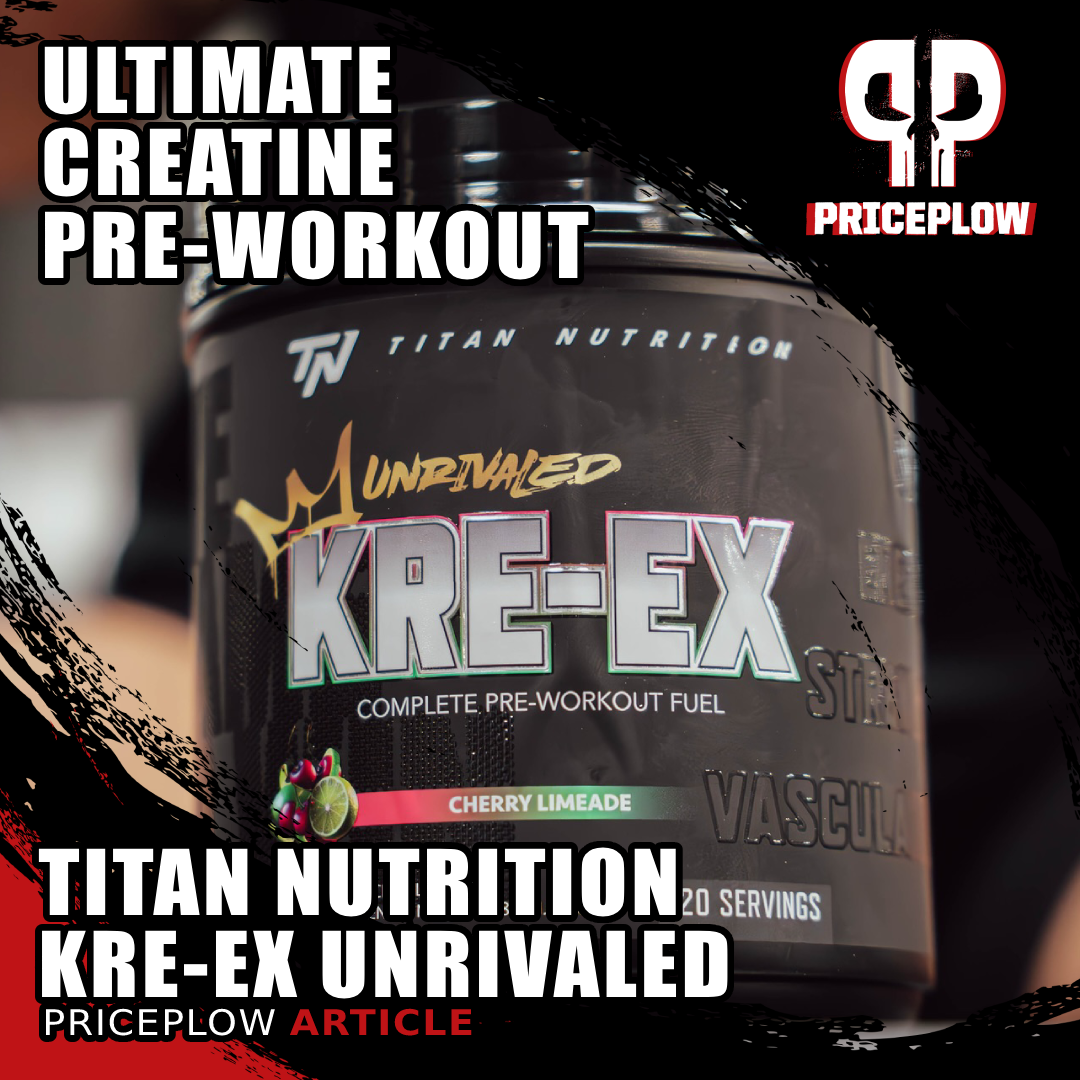
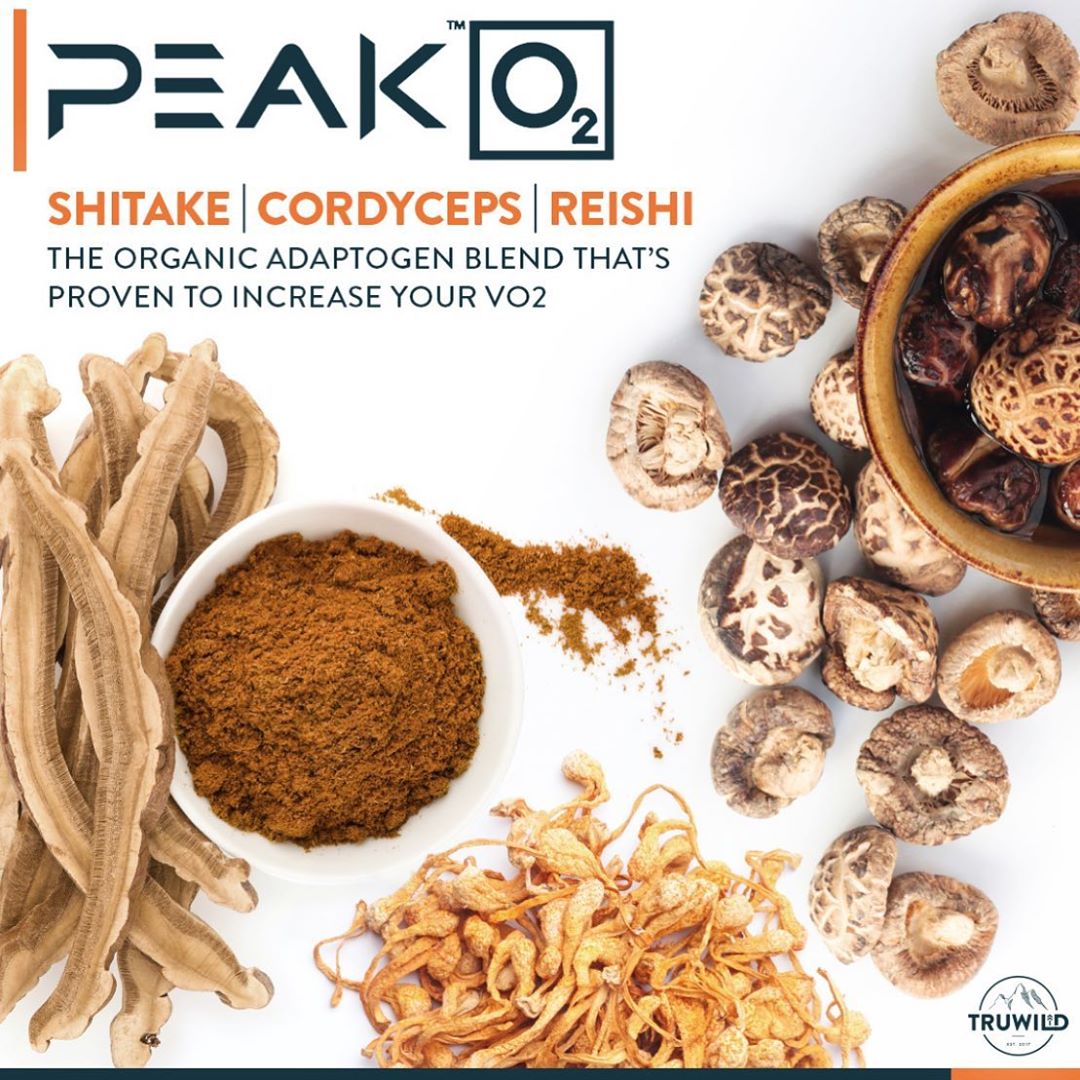
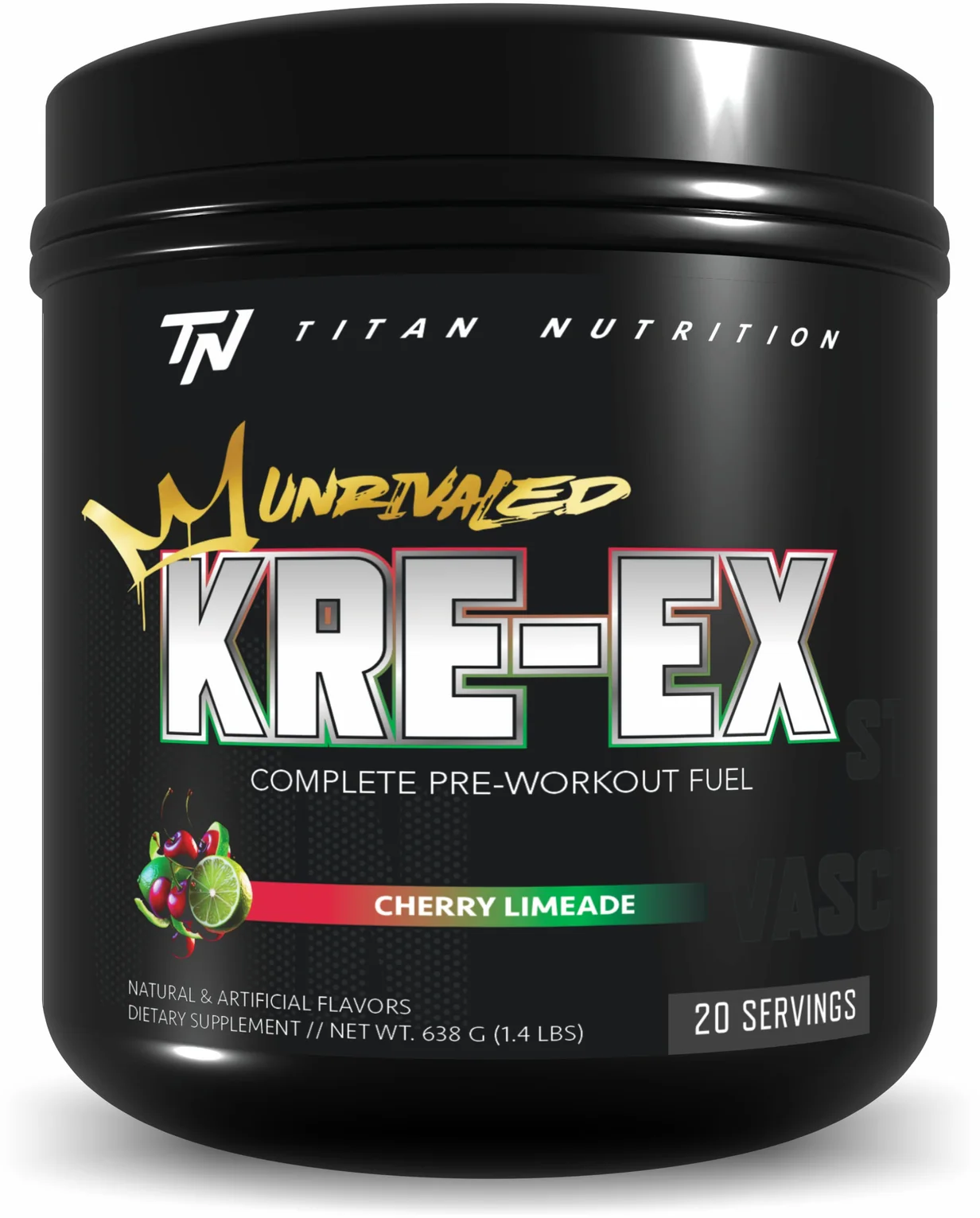
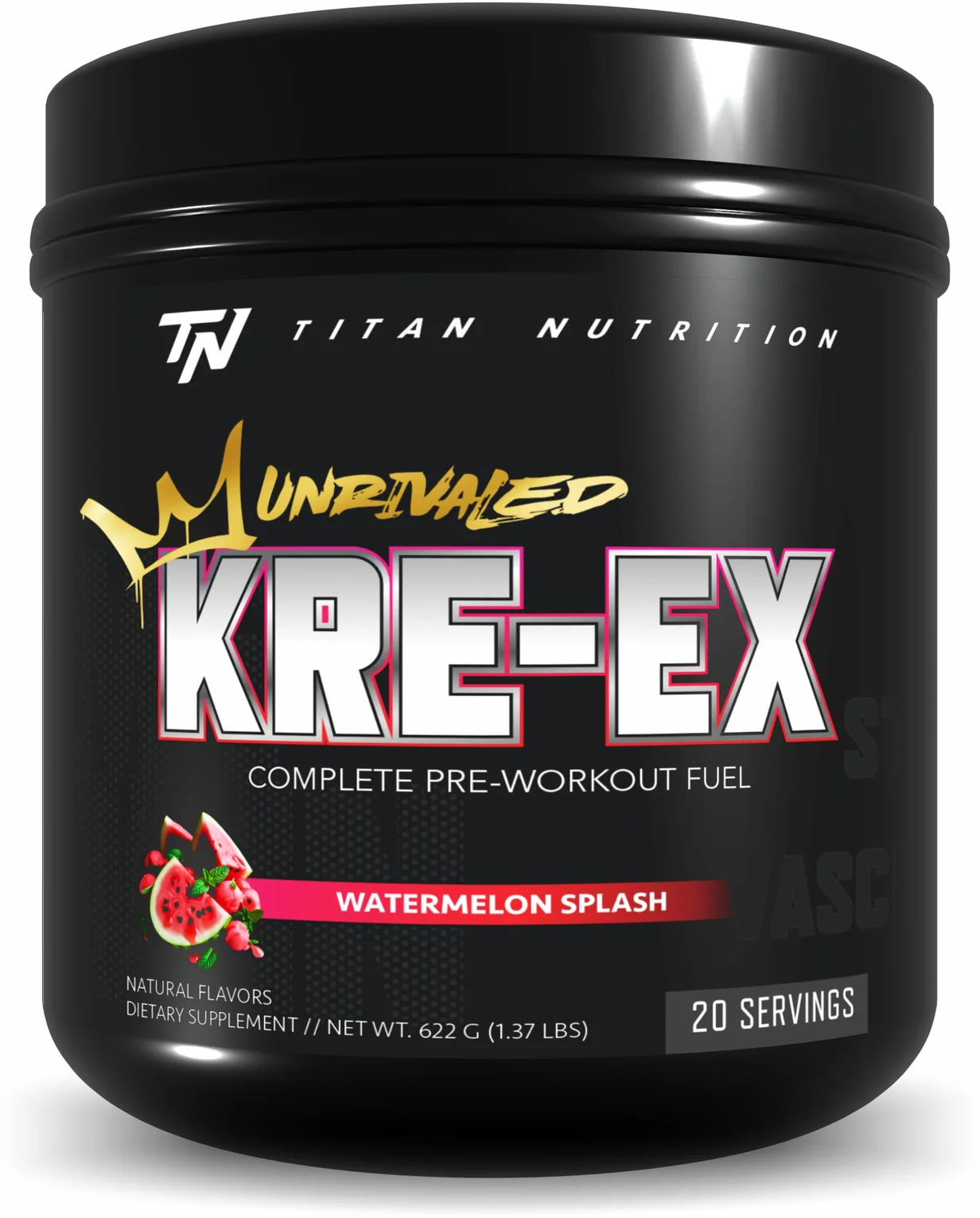
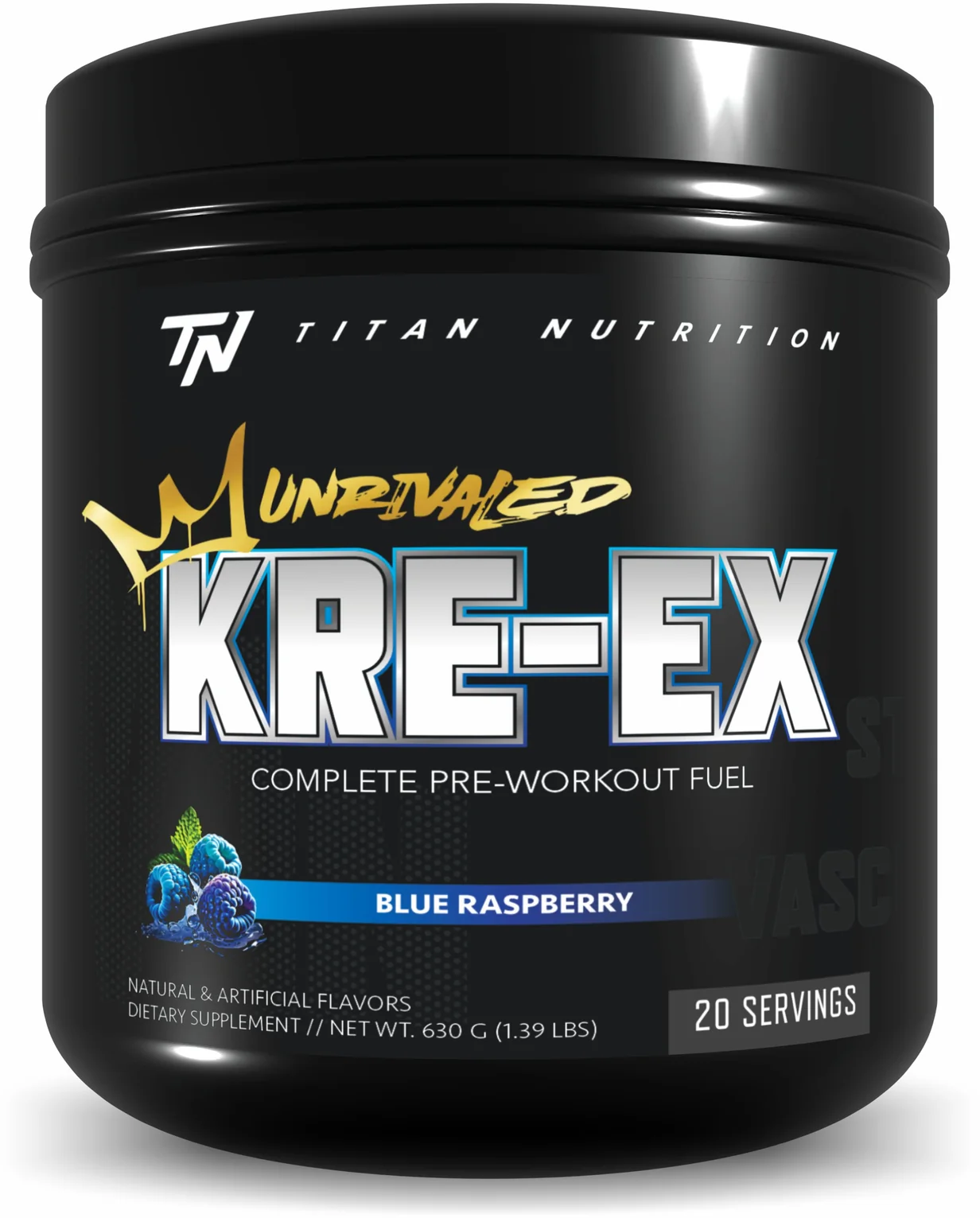
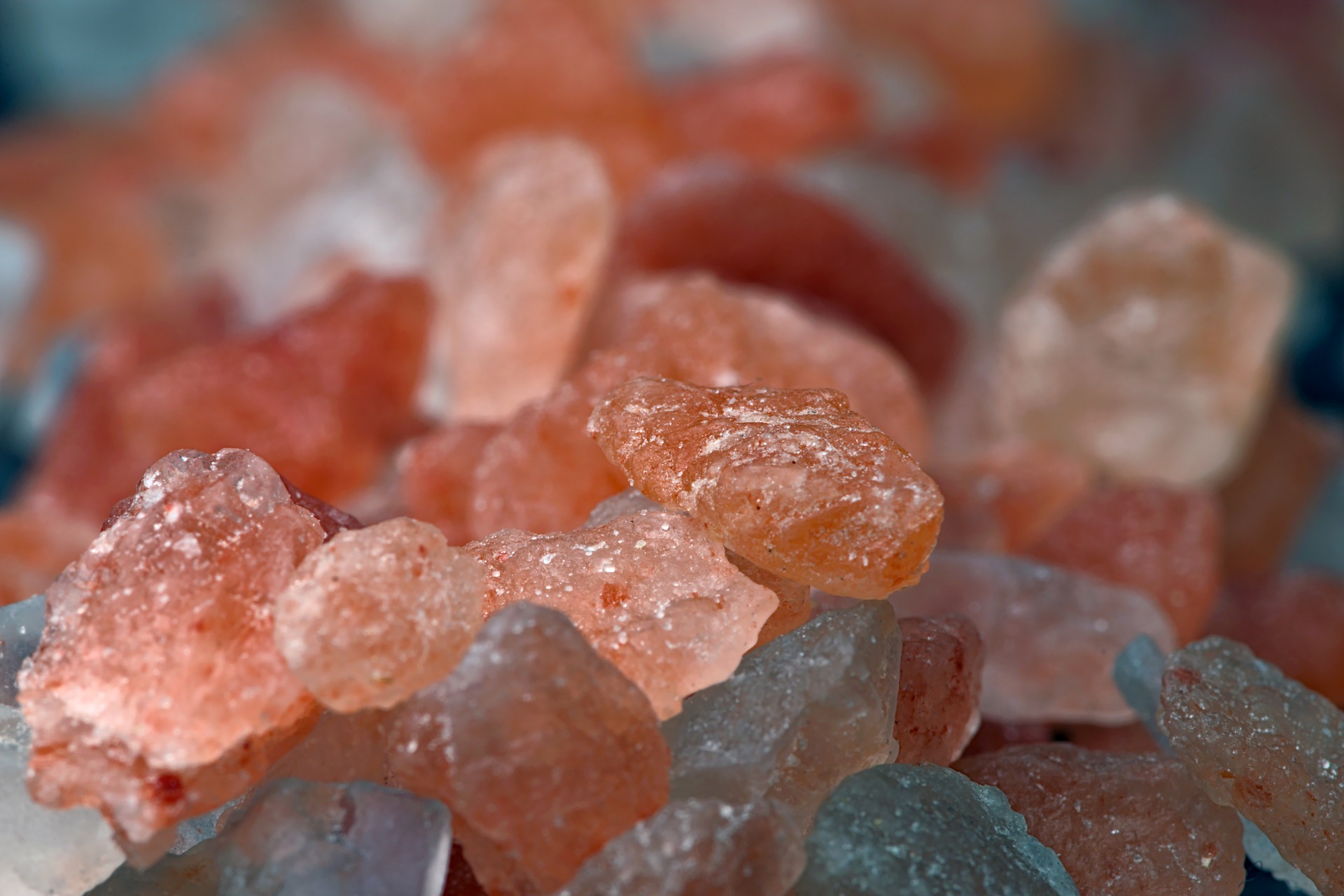
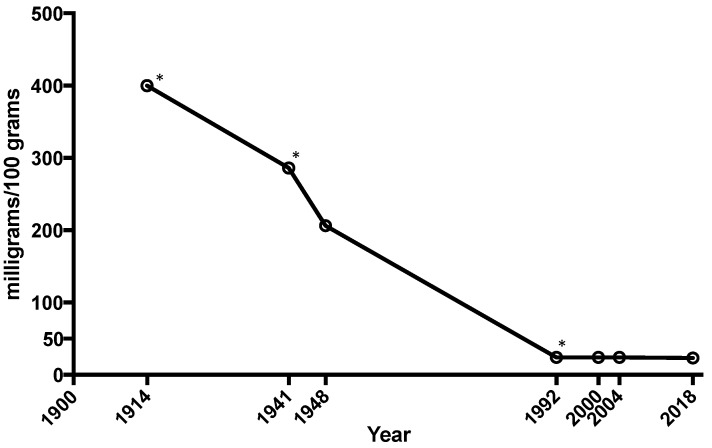

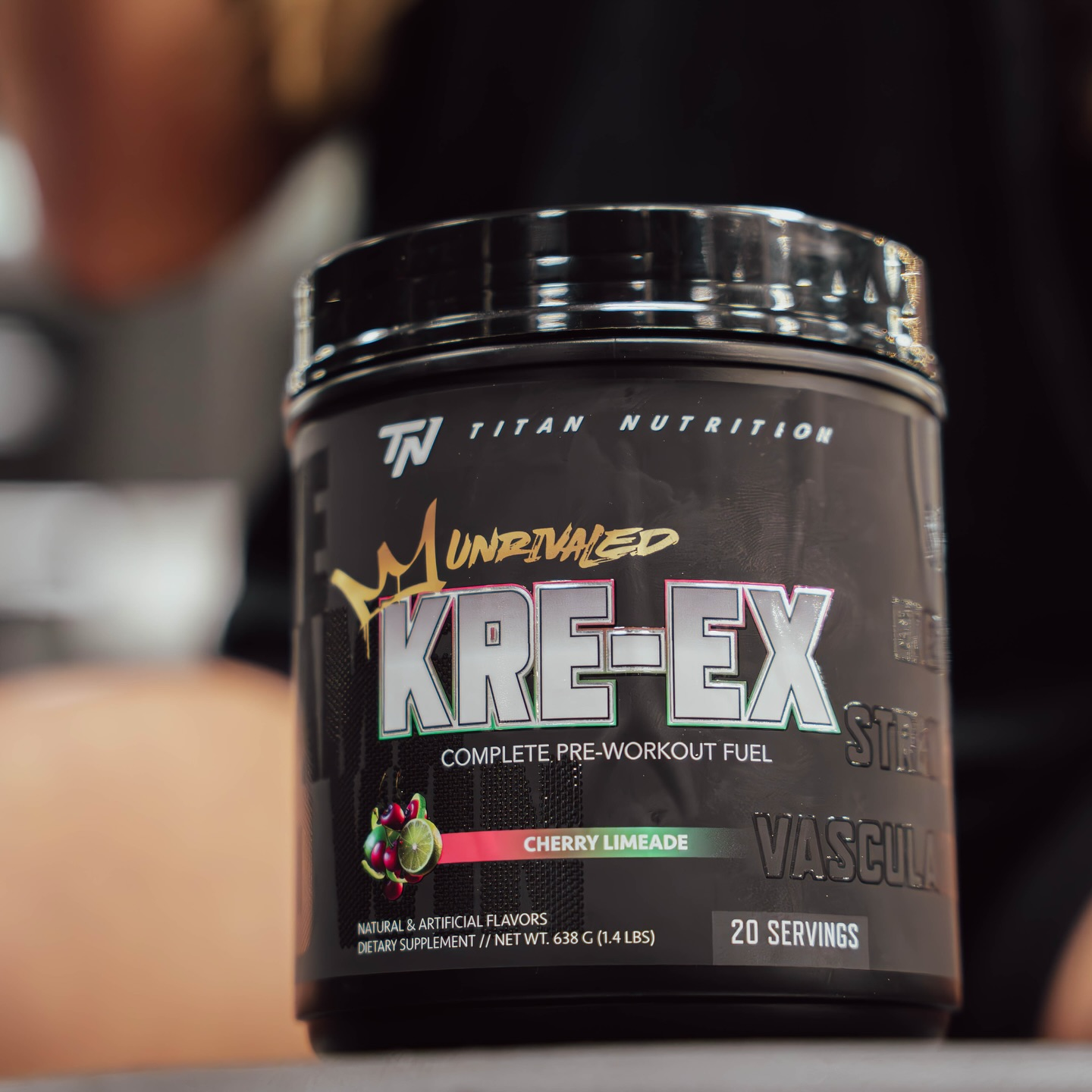


Comments and Discussion (Powered by the PricePlow Forum)